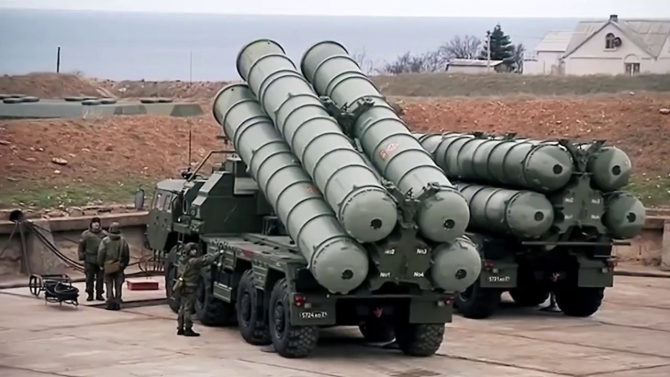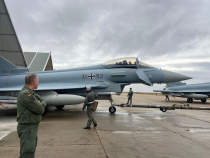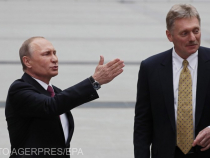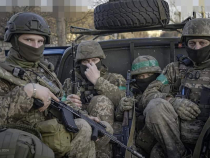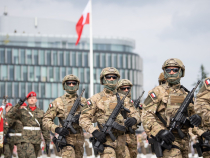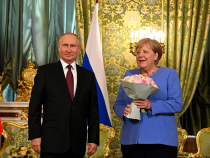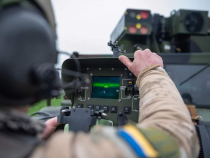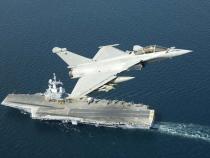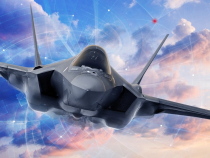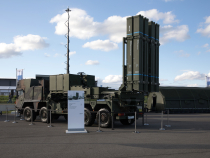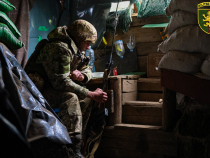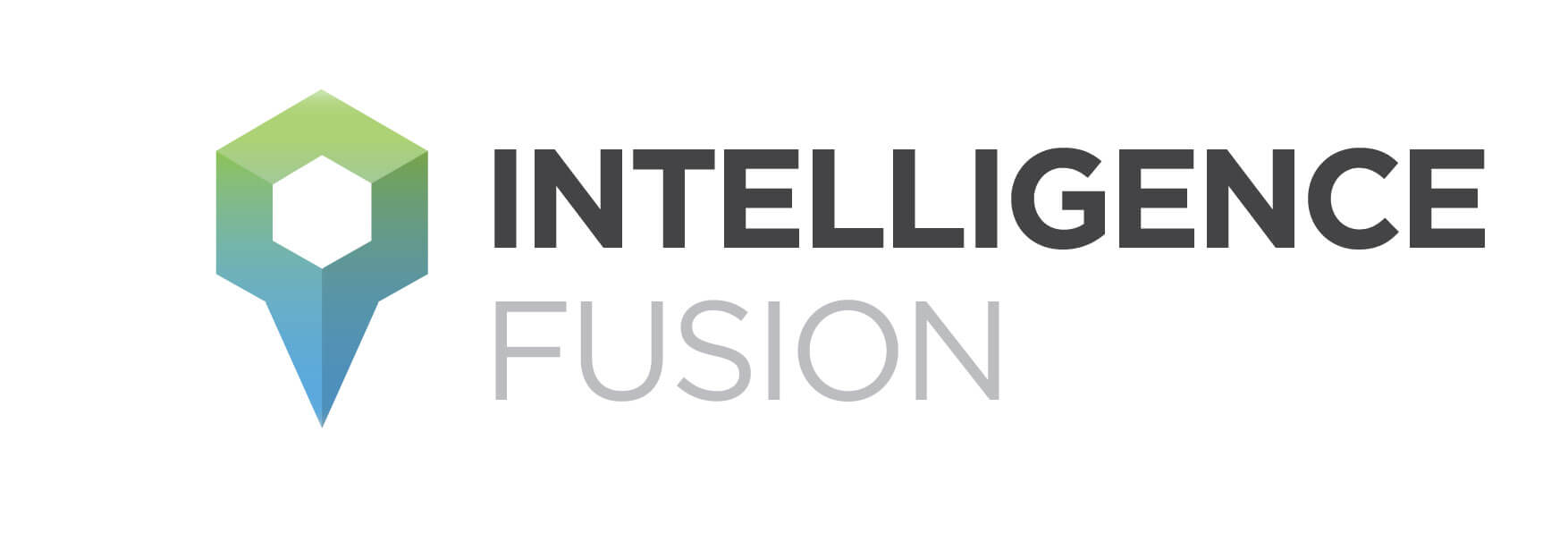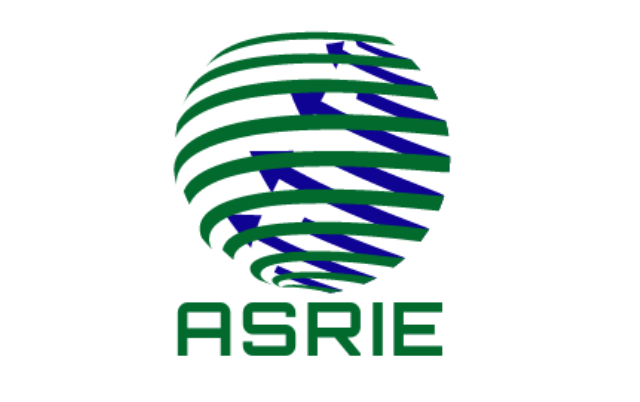In an interesting move, Indian EAM Sushma Swaraj received Russian president Vladimir Putin at New Delhi Airport. This visit by Russian president is at the time when Washington is reluctant on New Delhi's signing of S-400 deal with Russia under which New Delhi will procure five S-400 Air design systems with Moscow. The Agreement was signed between Indian Prime Minister Narendra Modi and Russian President Vladimir Putin at 19th India-Russia annual summit which was originally started in 2001 and despite the global changes over economic policies post-2008 this summit never got derailed between the two all-weather allies.
The S-400 is known to be Russia's most advanced long-range surface-to-air missile defence system. It includes radars, launchers and what not. It will be an exceptional game changer. The major reason is the multiple intercept missiles the S-400 can fire. It supports four different missiles –
- 40N6E-series- the very long range (400 km),
- 48N6- the long range (250 km)
- 9M96e2 (120 km) and
- 9m96e - short range (40 km).
By comparison, the US Patriot system (A well-known close competitor to S-400) supports only one interceptor missile with a range of 96 km. However, that's not all as the 9M96E2 (120 Km) is one of the jewels of the S-400 system. It flies at Mach 15 (around 5,000 meters per second or 18,500 kph), it can engage targets as low as 5 meters off the ground, and it can manoeuvre pulling up to 20 Gs (a human can withstand no more than 9 Gs with special pressure suits and helmets and for only a few seconds).
It is specifically designed to knock out penetrating aircraft and missiles flying “off the deck” or just above the ground and neutralize cruise missiles.
MOUs were also inked in the fields of space, nuclear energy & railways. A crucial and strategic MoU was signed between the Indian Space Research Organization (ISRO) and the Federal Space Agency of Russia ‘ROSCOSMOS' on joint activities in the field of human spaceflight programme Gaganyaan.
Indian Prime Minister and Russian President also agreed to step up cooperation in combating the menace of terrorism and drug trafficking, quoting it as a much-needed area for cooperation
China & United States
Recalling the 2+2 dialogue from September 2018 when Defence Secretary James Mattis and Secretary of state Pompeo, visited New Delhi. The central theme of their conversations with Indian colleagues was precisely the intention of India to buy Russian air defence systems. Upon their arrival, there was a lot of buzz in media confirming the unchanged position of Washington against all (including India) who intend to purchase the S-400. But immediately after the end of the talks, Secretary Pompeo made quite placatory statements, indicating that India is a significant partner for the United States and Washington would not want to jeopardize these relations by taking some steps that can be viewed in New Delhi as unfriendly. One can only guess what prompted Secretary Pompeo to change his position, but it is apparent that an important factor was the firm position of the Indian partners, who are not willing to sacrifice their national interests in favour of third countries.
On the other hand, China is the first foreign buyer to procure S-400 in 2014 when in a government-to-government deal with Russia it secured undisclosed numbers of S-400 systems. Beijing also faced a sanction by the United States over this deal. Seems Indian Diplomacy is going in the right direction, as quoting concerns over National Security as a reason it received a waiver from the United States on the purchase of the same. However, New Delhi rode a wave of pressure from Washington over this.
Another dimension of a successful policy by New Delhi could be observed here while signing S-400 deal with Russia, it is shown that Russia remains a crucial defence partner of India simultaneously when America put India into STA-1 from STA-2 (Even Washington's closest ally Israel is in STA-2). Doing that India is only nation which has reached the peak of warm defence ties with both the United States and Russia simultaneously.
Another aspect is related to long-term strategic geopolitical circumstances. To include India among its closest allies and carrier of the US policy in Asia and Indo-Pacific, in particular, is the long-standing dream of Washington policymakers. At the same time, the US is trying to play on the common concerns of Washington and New Delhi regarding the growing influence of China in the region and on the global theatre. Hence, there are attempts to “fasten” India to various formats and alliances with an openly anti-Chinese orientation - in particular, to the quad USA-Japan-Australia-India alliance. In the same context can be considered the speech of Donald Trump at the UNGA73 when he, having “forgotten” even such long-time and experienced allies like Great Britain, mentioned only four countries among the US friends: Israel, Poland, Saudi Arabia and India.
And therein lie the duality of the US policies toward India. On the one hand, India, for all its difficulties in its relations with China, is not ready to unconditionally join any alliances fully directed against anyone. Moreover, Beijing remains the main foreign trade partner of India, both countries cooperate fruitfully in multilateral international forums (SCO, BRICS, G20), and on most global issues. Diplomats of India and China at the UN vote almost in unison. On the other hand, even voicing inadequately concealed threats, the United States is not ready to abandon its long-term strategy, which means that it will not take sharp steps that may be negatively perceived among policymakers in New Delhi.
*Amit Sinha is an Independent Columnist and former consultant to the United Nations. He's also a consulting Editor at The Kootneeti.
**Melanie Romaro is a Geo-Economic Analyst at The Kootneeti, a New Delhi based multilingual publication on International Relations & Diplomacy. She holds a bachelor degree in International Economy from the University of Colorado, United States
DefenseRomania App
Fii primul care află cele mai importante știri din domeniu cu aplicația DefenseRomania. Downloadează aplicația DefenseRomania de pe telefonul tău Android (Magazin Play) sau iOS (App Store) și ești la un click distanță de noi în permanență
Fiți la curent cu ultimele noutăți. Urmăriți DefenseRomania și pe Google News
